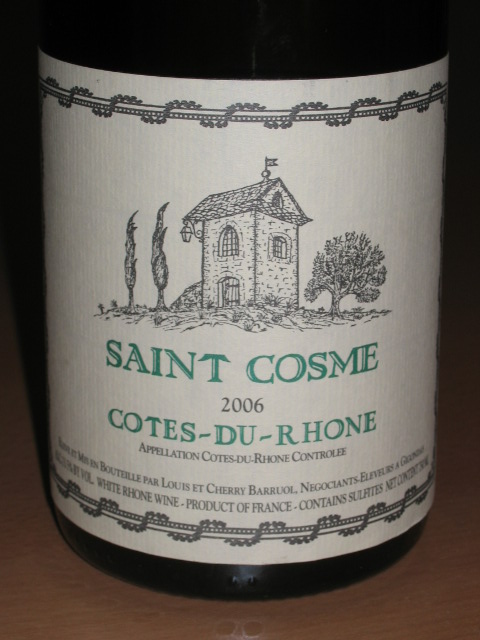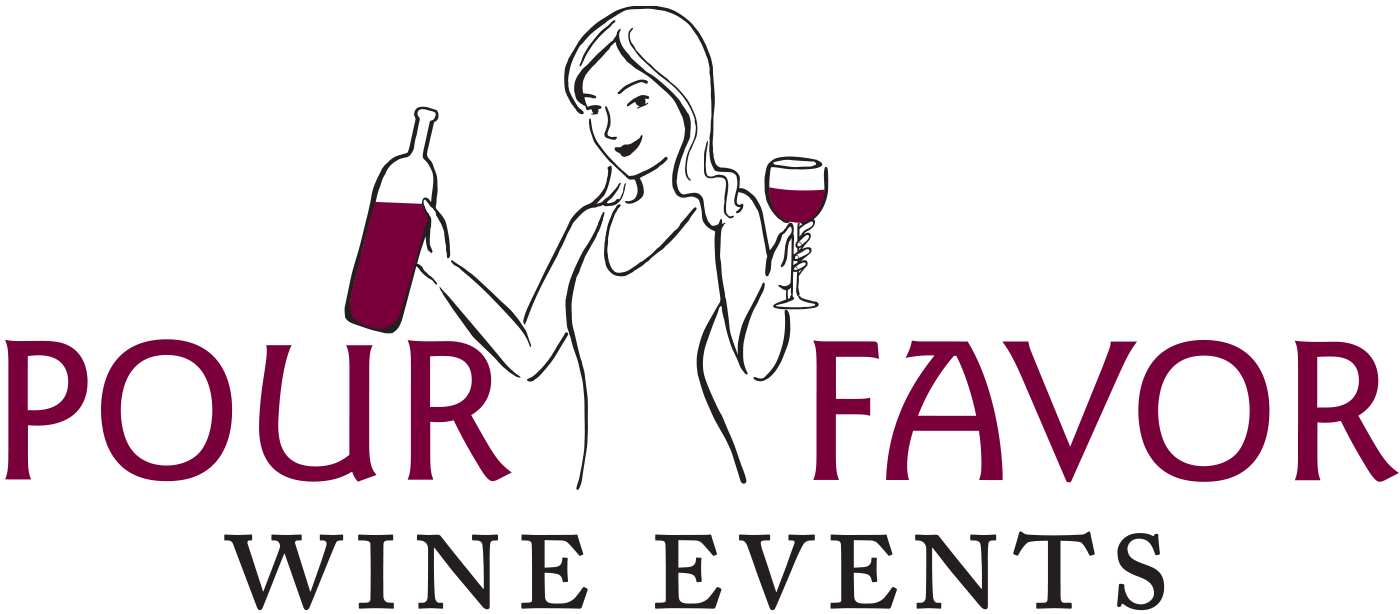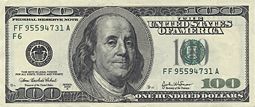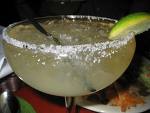 Today is Wine Blogging Wednesday! And so it is I have the occasion to divert from my typical blogging approach to bring news of a gorgeous, supple white wine from the Cote du Rhone, France: 2006 Chateau de Saint Cosme Cotes du Rhone Blanc.
But first a brief introduction to this Wine Blogging Wednesday I speak of.... WBW was started about 4 years ago by Lenndevours to bring a virutal wine tasting to the global masses. A theme is selected by the monthly host and then wine bloggers select a wine they've tasted based on the theme and post their impressions on the applicable day. This month Dr. Debs is our guide. She had the brilliant idea of selecting the Cote du Rhone whites as the theme.
Today is Wine Blogging Wednesday! And so it is I have the occasion to divert from my typical blogging approach to bring news of a gorgeous, supple white wine from the Cote du Rhone, France: 2006 Chateau de Saint Cosme Cotes du Rhone Blanc.
But first a brief introduction to this Wine Blogging Wednesday I speak of.... WBW was started about 4 years ago by Lenndevours to bring a virutal wine tasting to the global masses. A theme is selected by the monthly host and then wine bloggers select a wine they've tasted based on the theme and post their impressions on the applicable day. This month Dr. Debs is our guide. She had the brilliant idea of selecting the Cote du Rhone whites as the theme.
For me this month's "assignment" was a pleasure. The Cote du Rhone could be my favorite region in the wine making world. There is enough variation from the North to South to keep things interesting and challenging, too. The reds are full of character, offering a great sense of place and tradition - one that my palette adores. The whites are often seductive and refreshing. (Note: of course these comments are sweeping generalizations for a large and distinct region, but for the sake of keeping my posts relatively reasonable in length, I can't help but tempt you to explore for yourself. The Rhone is quite fun!)
There are nine grapes of the Rhone. The St. Cosme blends 4 of them: 50% is Roussanne and the rest is Picpoul, Clairette, and Marsanne. Roussanne and Clairette are perhaps two of the most aromatic and elegant grapes in this area - and the St. Cosme surely benefits. Marsanne and Picpoul are more often used as blending grapes (though I've had the latter on it's own and it is quite fantastically refreshing and versatile). Ok, so those are the grapes... "What about the wine?!", you ask?
I was shocked by the St. Cosme's stunning gold color. I couldn't wait to put my nose in the glass! I gave it a swirl and initially found the nose to have hints of petrol followed by intense, ripe pear aromas. As it opened and warmed slightly (it has been HOT in Boston), honey notes emerged. My first taste did not disappoint either. It had an incredible, fleshy-full, mouthfeel and flavors of pear and other tropical fruits danced around in my mouth. It paired well with my meal, too: cucumber dill & walnut salad, grilled tandoori chicken and red potatoes. This wine received my highest "rating": YUM!
I believe every taster has their own experience with and impressions of a wine; that's why I don't blog to rate wines, but rather focus on giving you the 'back story' or other tidbits about wine to increase your curiosity to play (read: taste) as much as possible. After tasting a wine for myself, I often investigate to see what other's think. Sometimes I completely agree, sometimes I don't. Sometimes I laugh at how someone can say a wine is "close to being outstanding" (first, what exactly does that mean??) and then rate it only 89 points.
My recommendation? Go out and splurge on the St. Cosme Cote du Rhone Blanc! Taste the wine and then check out Spectator's and Parker's notes or Google it for more info. After I selected the wine I realized Gary V tasted this wine out not that long ago, too. So there's lots of entertaining reading out there as you sip. Cheers!


 I don't know about you, but with the Euro/Dollar scenario, an increase in gas prices and my grocery bill skyrocketing (despite similar buying habits), I'm looking at my life budget a bit differently these days. A few weeks ago I noticed it's actually getting to be cheaper to eat out than stay in! And I can't tell you how many
I don't know about you, but with the Euro/Dollar scenario, an increase in gas prices and my grocery bill skyrocketing (despite similar buying habits), I'm looking at my life budget a bit differently these days. A few weeks ago I noticed it's actually getting to be cheaper to eat out than stay in! And I can't tell you how many 
 killer barnyard nose. "Manuer," they asked skeptically? "That's it," I replied happily! The French are just so darn good at getting the
killer barnyard nose. "Manuer," they asked skeptically? "That's it," I replied happily! The French are just so darn good at getting the  As my hectic, challenging weekend wrapped up, I realized a) I hadn't a thing in the fridge to whip together a meal and b) I needed something VERY comforting. A
As my hectic, challenging weekend wrapped up, I realized a) I hadn't a thing in the fridge to whip together a meal and b) I needed something VERY comforting. A  You may have seen one of the fairly recent
You may have seen one of the fairly recent  are wine curious and food aficionados (just like me). So after such a great weather weekend here in Boston I woke up rejuvenated and eager to hear what the others had been up to on a rare holiday off and - most importantly - what they ate and drank. Almost immediately I learned my coworker had also broken out her Weber - except she not only had thrown buffalo meat on the fire, but also pulled out a bottle of
are wine curious and food aficionados (just like me). So after such a great weather weekend here in Boston I woke up rejuvenated and eager to hear what the others had been up to on a rare holiday off and - most importantly - what they ate and drank. Almost immediately I learned my coworker had also broken out her Weber - except she not only had thrown buffalo meat on the fire, but also pulled out a bottle of  Of course it doesn't hurt that working at the shop we're always tasting new
Of course it doesn't hurt that working at the shop we're always tasting new  Were you one of the many Boston-area
Were you one of the many Boston-area  So here's my latest evidence... Last Thursday night I wanted a nice glass of something "comforting" with my dinner. I had a bottle of a baby (e.g. $10) 2005 Bordeaux in my wine fridge I knew would scratch the itch perfectly. I unscrewed the cap (yep! a screw cap, so no fear of a
So here's my latest evidence... Last Thursday night I wanted a nice glass of something "comforting" with my dinner. I had a bottle of a baby (e.g. $10) 2005 Bordeaux in my wine fridge I knew would scratch the itch perfectly. I unscrewed the cap (yep! a screw cap, so no fear of a